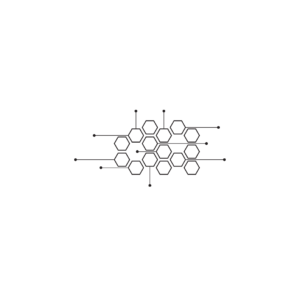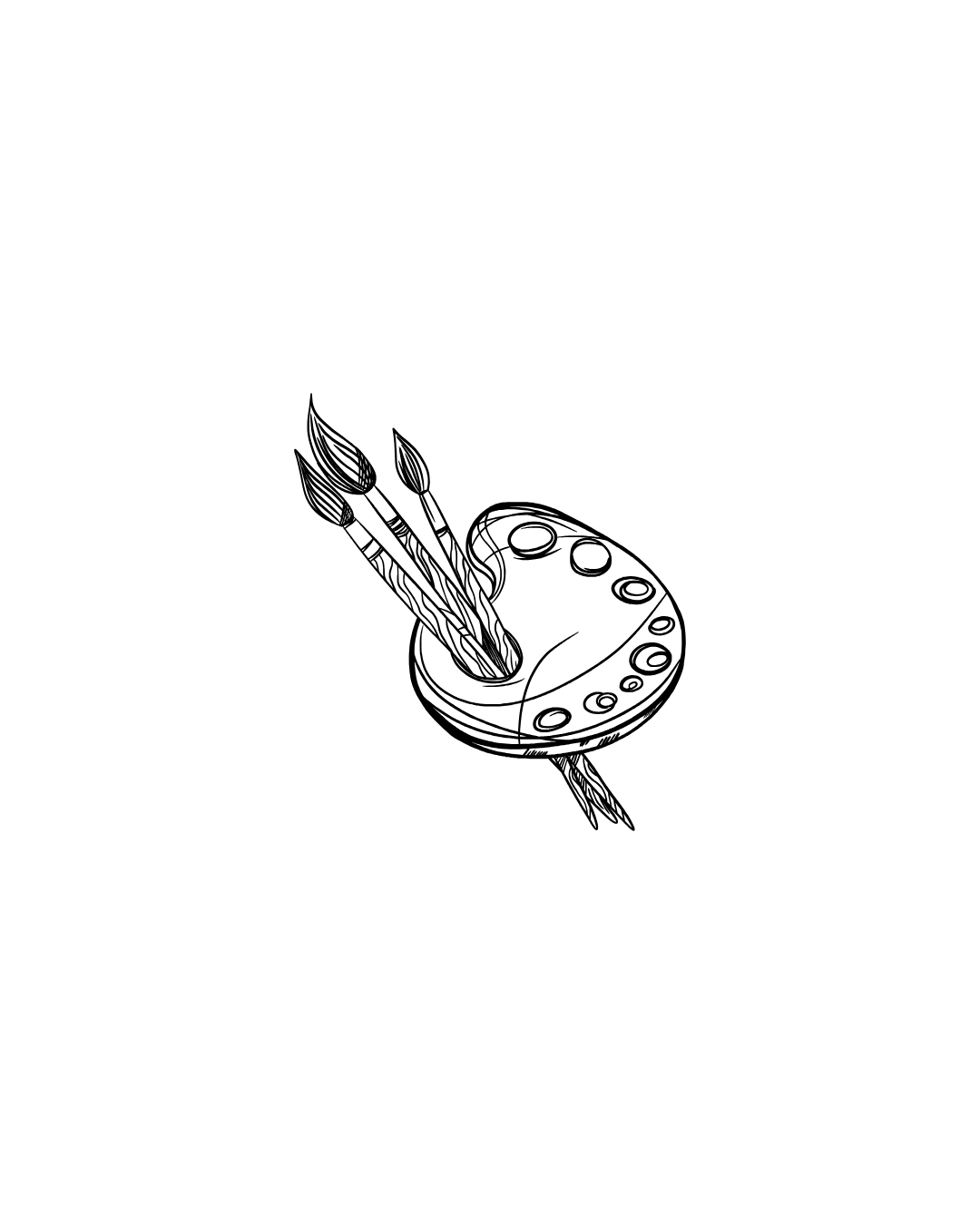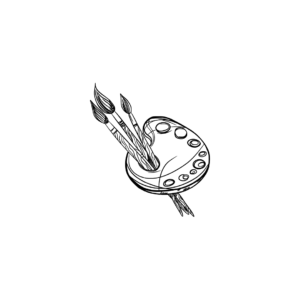Description
A Master of Arts (MA) in Drawing and Painting is an advanced degree that focuses on the development of artistic skills and theoretical understanding in drawing and painting. This program aims to refine students’ techniques, foster creativity, and prepare them for professional careers in the visual arts.
Program Overview
Duration: Typically 1 to 2 years, depending on the institution and whether the student is enrolled full-time or part-time.
Mode: Programs are offered in-person, online, or as a combination of both formats, depending on the institution.
Eligibility: Generally requires a bachelor’s degree in fine arts or a related field. Portfolio reviews are often part of the admission process.
Core Subjects
The curriculum for an MA in Drawing and Painting may include various subjects such as:
Advanced Drawing Techniques: Exploration of diverse drawing methods, materials, and practices to develop a strong foundation in drawing skills.
Painting Techniques: Instruction in various painting mediums (e.g., oil, acrylic, watercolor) and styles, including contemporary and traditional approaches.
Art History: Study of the historical context of drawing and painting, analyzing key movements, artists, and their influence on contemporary practices.
Art Theory and Criticism: Examination of critical theories and frameworks for analyzing artworks, including discussions on aesthetics, interpretation, and cultural context.
Studio Practice: Opportunities to engage in hands-on studio work, developing personal projects, and experimenting with various artistic methods.
Professional Practice: Preparation for a career in the arts, including topics such as portfolio development, exhibition planning, and marketing for artists.
Research Methods in Art: Techniques for conducting research related to artistic practice, including qualitative and reflective methodologies.
Skills Developed
Artistic Skills: Mastery of advanced drawing and painting techniques, along with the ability to experiment with style and medium.
Critical Thinking: Enhanced ability to analyze and critique artworks, both one?s own and those of peers or historical artists.
Creative Problem-Solving: Development of innovative approaches to artistic challenges and the ability to express complex ideas visually.
Communication Skills: Proficiency in articulating artistic concepts and ideas, both verbally and through written formats like artist statements and critiques.
Career Opportunities
Graduates with an MA in Drawing and Painting can pursue a variety of career paths, including:
Professional Artist: Creating and exhibiting artwork in galleries, museums, or public spaces.
Art Educator: Teaching drawing and painting at schools, colleges, or community art programs.
Art Therapist: Utilizing artistic practices to support emotional and psychological healing, often requiring additional certification.
Curator: Working in galleries or museums to manage collections, organize exhibitions, and engage with the public about art.
Freelance Illustrator: Creating illustrations for publications, advertising, or other media, drawing on drawing and painting skills.
Art Director: Overseeing visual aspects of creative projects in advertising, publishing, or other fields.
Benefits of Pursuing an MA in Drawing and Painting
Advanced Skill Development: The program provides opportunities to deepen artistic skills and explore personal artistic visions.
Critical Engagement with Art: Encourages students to engage with art criticism and theory, fostering a better understanding of their work’s context and significance.
Professional Networking: Opportunities to connect with artists, curators, and educators in the field, facilitating potential collaborations and career opportunities.
Additional Considerations
When considering an MA in Drawing and Painting:
Portfolio Requirement: Prepare a strong portfolio that demonstrates your artistic skills and conceptual development as part of the application process.
Exhibition Opportunities: Look for programs that offer opportunities for exhibitions or shows, allowing you to showcase your work during or after your studies.
If you have any specific questions about the program, its components, or potential career opportunities in drawing and painting, feel free to ask!









